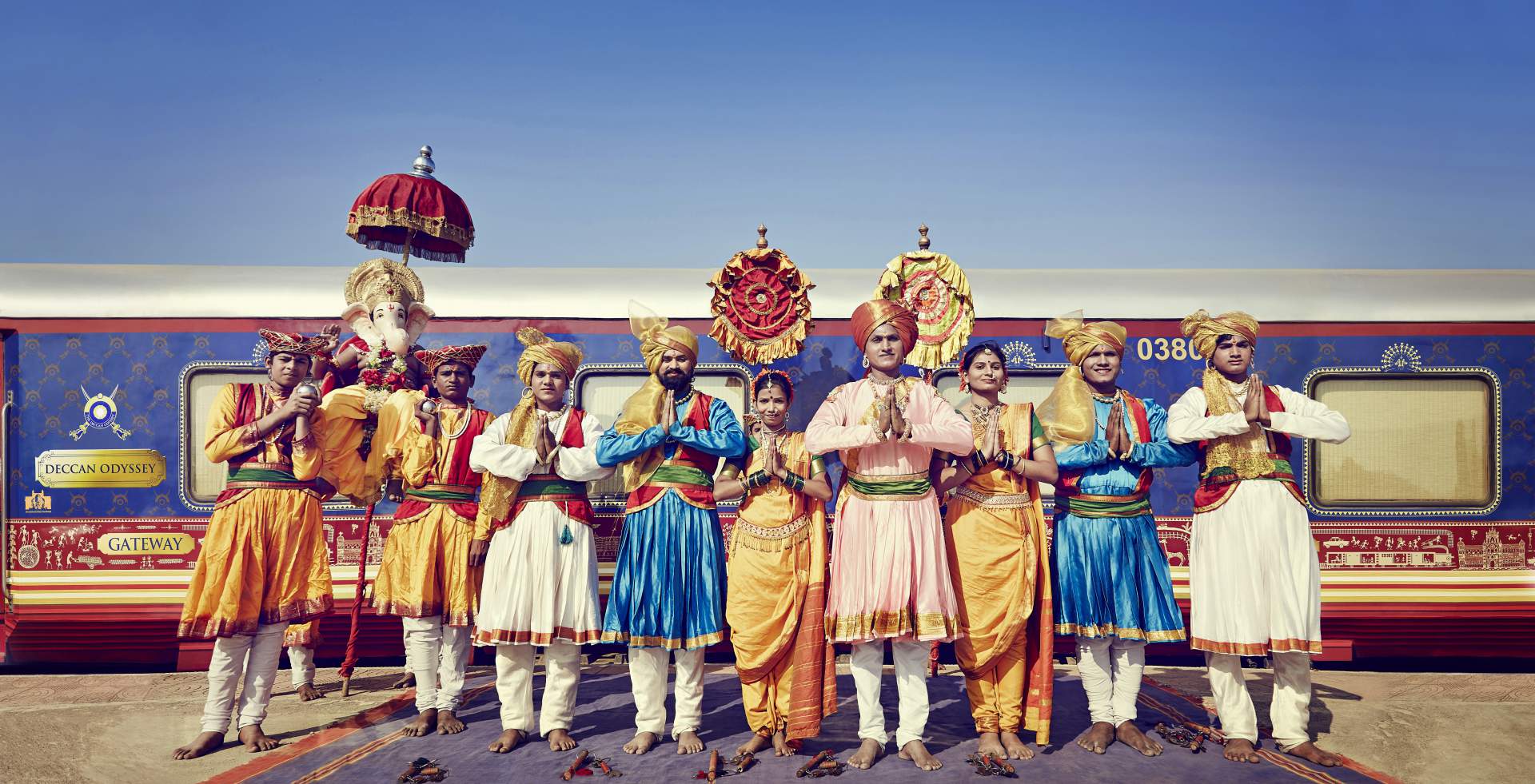From Bollywood on the Arabian Sea to tigers in the deep of the Indian subcontinent, the spirit of Maharashtra is the lifeblood of India. The area reaches back to the era of the Maurya Empire in the third century BCE, yet the world of Mumbai acts as the future of Asia itself, brimming with culture and capitalism. Further inland Maharashtra plays host to a kingdom even older than the Maurya: the natural world. Tigers, panthers, sloth bears, hyena, antelope, and jackals roam the fields and hills of this varied and beautiful landscape.
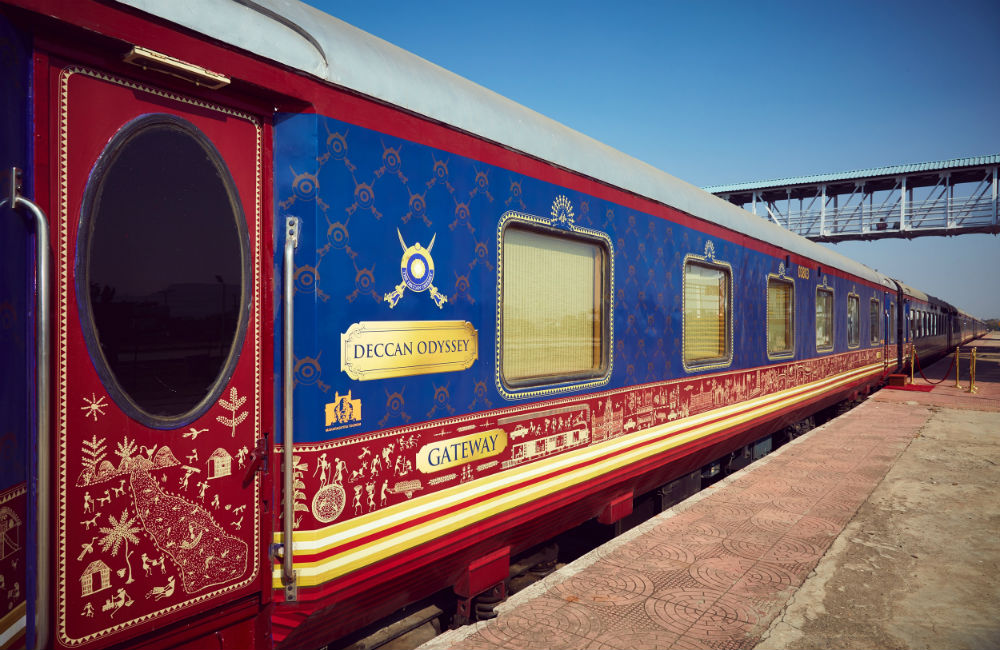
To see this land of wildlife and wild nights in earnest, there is but one way: the Deccan Odyssey. Taking design elements from the Maharajas of the past, Deccan Odyssey has 21 luxury coaches, 11 to accommodate guests, with the others dedicated to dining, lounging, and even a health spa. Fear not the fare on the train, which is delicate and lovingly prepared. Few trains in the world that can boast luxury and adventure like the Deccan Odyssey.
Aurangabad
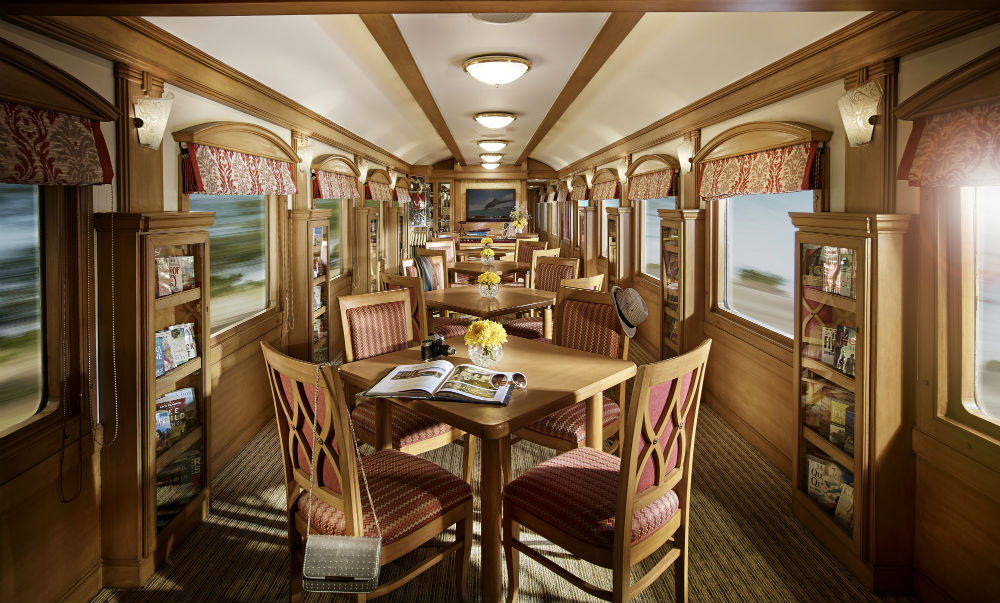
Taking off from Mumbai, the fitting first stop on the Maharashtra Wild Trail Journey is Aurangabad for a look at the famous Ellora Caves, where the craftsmanship of 100 caves (34 for public use) can be seen in the magical inland world of Maharashtra. This area marks a melding of faiths – Hindu, Buddhist, and Jainist artworks abound. Next is the Dualatabad fort, a kaleidoscope of Indian history, featuring the Mad King of Deli, Malik Kafur, and nearly a millennium of wars, battles, and drama.
Pench National Park and Tadoba
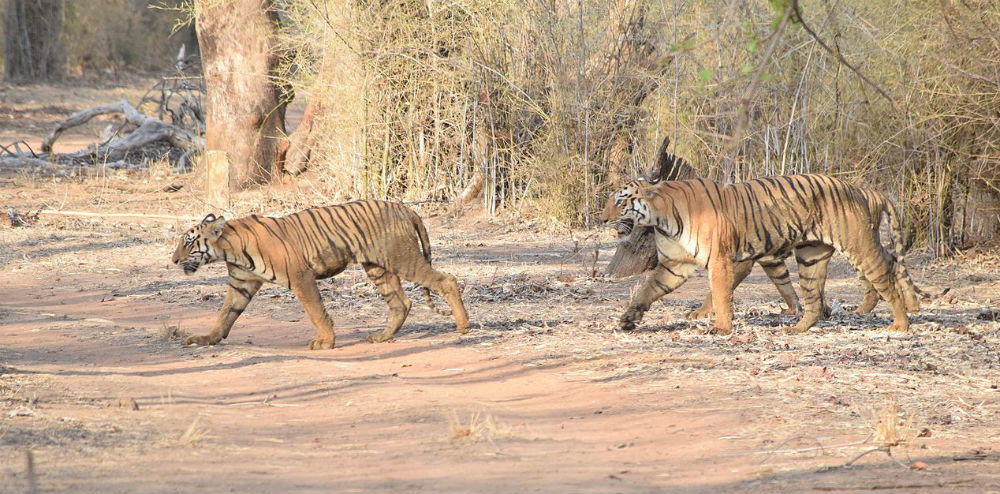
The next step takes travelers off the train and into the Pench National Park hunt – well, look for – big game animals, and while there are tigers in this area, do also look out for gaur, nilgai, wolfs, and wild pigs. The Pench area is heavily wooded and there are plenty of opportunities to spot a ospreys, eagles, and all manner of beast of the air. The next day the wildlife adventure continues with a stop at the Chandrapur station and onto the Tadoba National Park and Tiger Reserve. Here be tigers. In fact, the park hosts all kinds of large cats, including leopards – as well as sloth bears and wild dogs.
Anjanta and Nashik
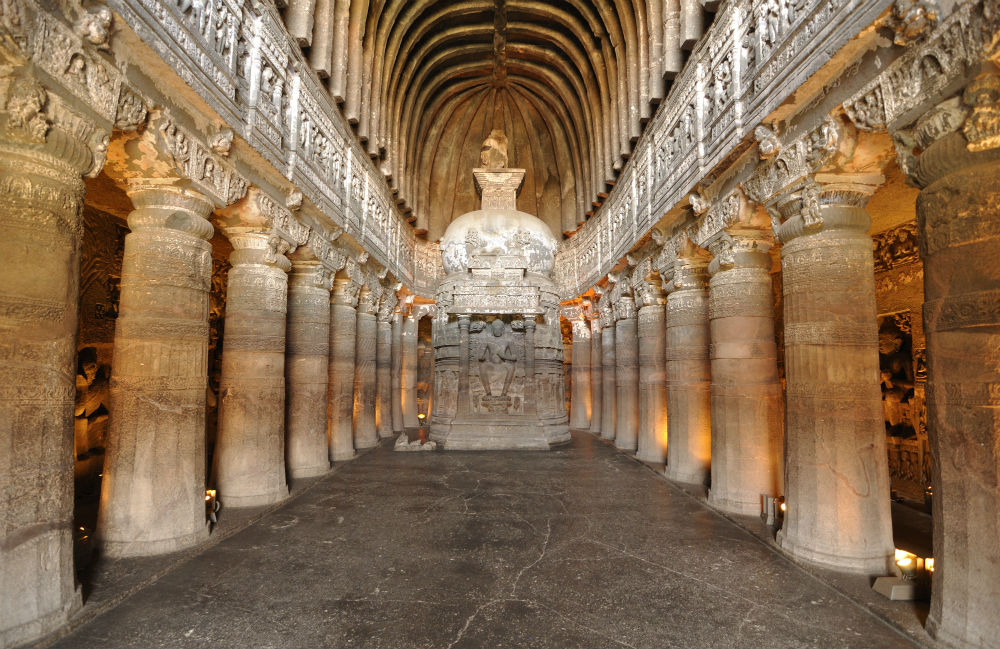
Alighting from Jalgaon station, travelers will head to the Ajanta Caves, which are distinct from the Ellora caves in that they are Buddhist and Hindu and that they contain some of the finest ancient Indian art yet recovered. With construction predating the common era by more than 200 years, the caves of the Satavahana period will be of particular interest to India buffs. As the journey comes to a close, travelers enter Nashik: wine country. After a walk on the banks of the historic River Godavari, you can head to the local market. Then, it is on to an exclusive tour of a local vineyard where visitors can see the centuries-old methods of making sparkling wine.
Mumbai
And with that, your train pulls into Mumbai. Mumbai itself has much to offer: the most populous city in India, deeply etched history, architecture, the heart of the Indian media. However, sites that must not be missed in Mumbai include the Gateway of India, the Kanheri Caves, and the Mahalakshmi temple. And, if you have time for a bite to eat, don’t miss the Peshawri in Sahar Village.
As travelers go from train to plane, they will have a sense of longing – of having seen India in leisure and luxury, of an adventure. The tracks of India tell a tale. It’s worth listening.

